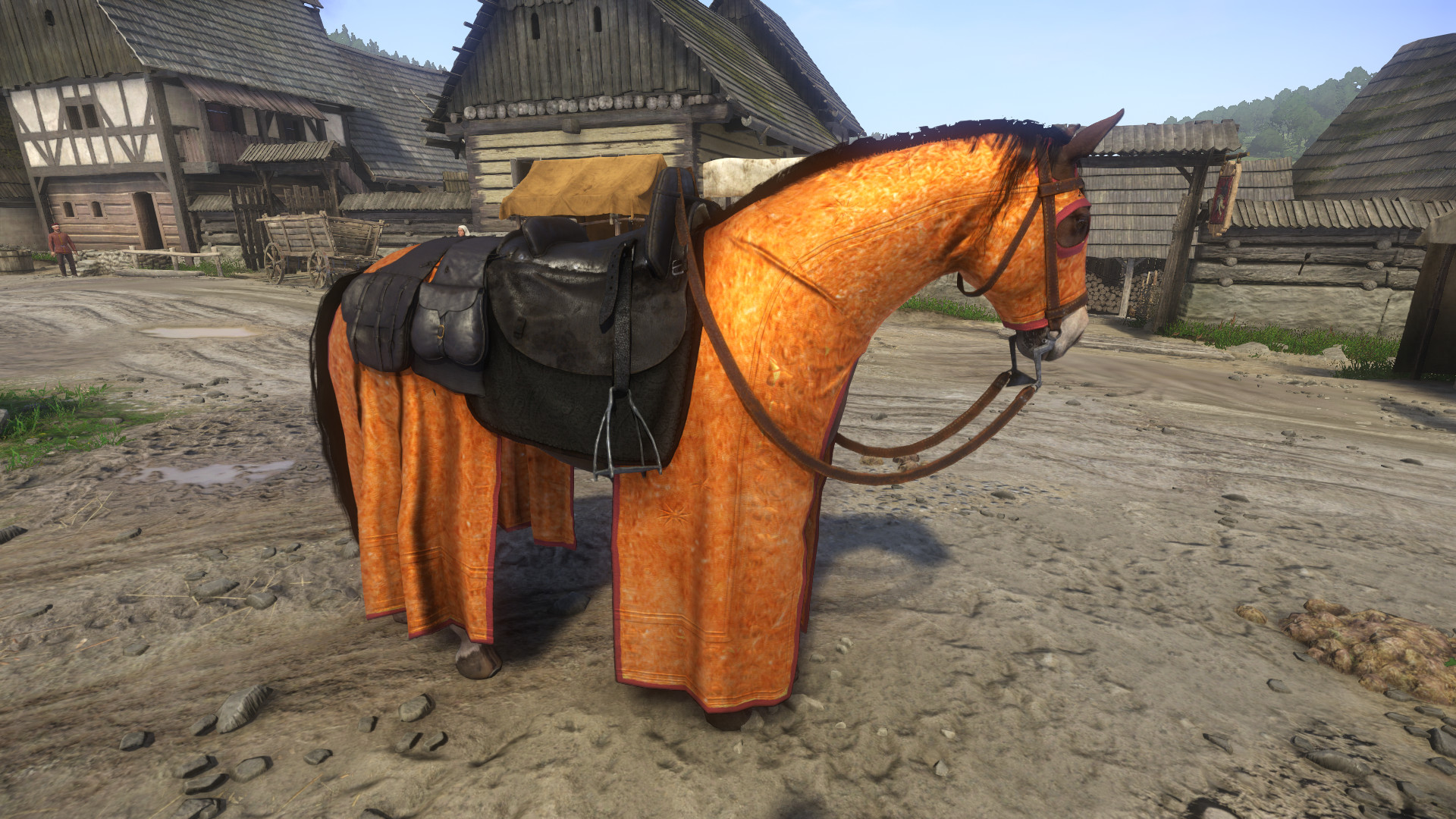
Sambhaji's behaviour, including alleged irresponsibility and addiction to sensual pleasures, led Shivaji to imprison his son at Panhala fort in 1678 to curb his behaviour. House arrest and defection to the Mughals Yesubai gave birth to a daughter named Bhavani Bai and then to a son named Shahu. This marriage thus gave Shivaji access to the Konkan coastal belt. Jivubai was the daughter of Pilajirao Shirke, who had entered Shivaji's service following the defeat of a powerful deshmukh Rao Rana Suryajirao Surve who was his previous patron. Sambhaji was married to Jivubai in a marriage of political alliance per Maratha custom she took the name Yesubai. In this period, Shivaji and Sambhaji fought alongside the Mughals against the Sultanate of Bijapur. Sambhaji was also granted territory in Berar for revenue collection. Shivaji at that time sent Sambhaji with general Prataprao Gujar to serve the Mughal viceroy in Aurangabad, Prince Mu'azzam. Sambhaji was also restored as a Mughal mansabdar with 5,000 horses. During the period between 16, Aurangzeb conferred the title of raja on Shivaji. However, the two sides reconciled and had cordial relations during the period 1666–1670. Aurangzeb put both of them under house arrest but they escaped on 22 July 1666. He and his father Shivaji presented themselves to Mughal emperor, Aurangzeb's court at Agra on.



As a result of the treaty, Sambhaji became a Mughal mansabdar. At the age of nine, Sambhaji was sent to live with Raja Jai Singh I of Amber as a political hostage to ensure compliance of the Treaty of Purandar that Shivaji had signed with the Mughals on 11 June 1665. His mother died when he was two years old and he was raised by his paternal grandmother Jijabai. Sambhaji was born at Purandar fort to Saibai, Shivaji's first wife. 5.2 Encouragement to agricultural activities.3.2.2 Mughal invasions of Konkan (1684).1.2 House arrest and defection to the Mughals.


 0 kommentar(er)
0 kommentar(er)
